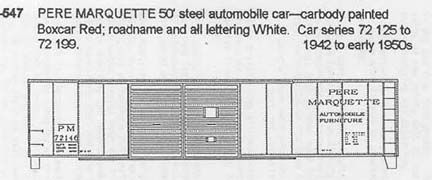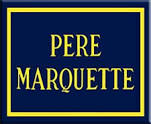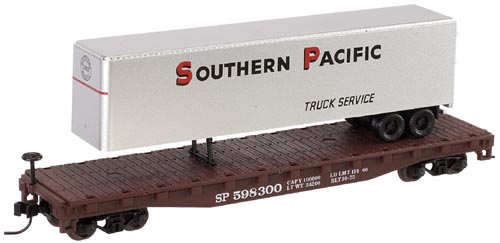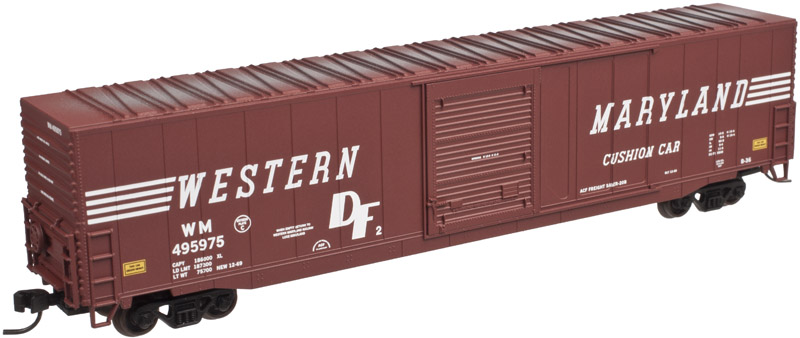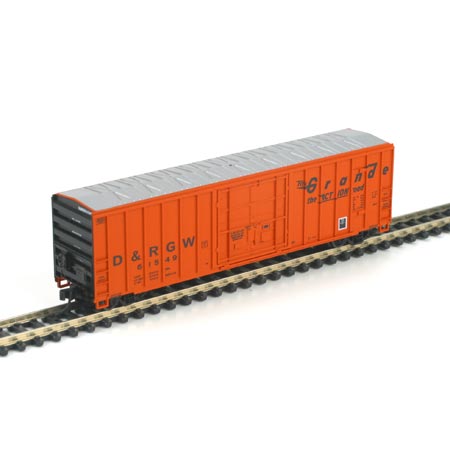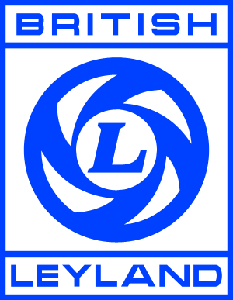Model Information: Dry Transfer Decals
Prototype History: The 50-foot boxcar made its first appearance in the 1930s and steadily grew in popularity over the years, which further improved redundancies by allowing for even more space within a given car. Today, the 50-footer remains the common boxcar size. After the second world war ended, and steel became once again readily available, steel became the go-to choice for construction of boxcars. Pullman Standard and ACF were some of the most prolific builders of these cars.
Double Doors were frequently an option for most of the major North American railcar manufacturers in the 1950s, 1960s and 1970s. These cars were slightly more expensive to produce and maintain, but for many applications allowed faster loading and unloading times.
Double Doors were frequently an option for most of the major North American railcar manufacturers in the 1950s, 1960s and 1970s. These cars were slightly more expensive to produce and maintain, but for many applications allowed faster loading and unloading times.
Road Name History: The Pere Marquette Railway (reporting mark PM) operated in the Great Lakes region of the United States and southern parts of Ontario in Canada. It had trackage in the states of Michigan, Ohio, Indiana and the Canadian province of Ontario. Its primary connections included Buffalo; Toledo; and Chicago.
The Pere Marquette Railroad was incorporated on November 1, 1899 in anticipation of a merger of three Michigan-based railroad companies that had been agreed upon by all parties. It began operations on January 1, 1900, absorbing the following companies:
The Pere Marquette Railroad was incorporated on November 1, 1899 in anticipation of a merger of three Michigan-based railroad companies that had been agreed upon by all parties. It began operations on January 1, 1900, absorbing the following companies:
- Flint & Pere Marquette Railroad (F&PM)
- Detroit, Grand Rapids & Western Railroad (DGR&W)
- Chicago & West Michigan Railway (C&WM)
Brand/Importer Information: CDS (or C-D-S) Dry Transfer Lettering was sold in 2011, but some of their products are still out there (in 2022).
Item created by: james13pugh on 2022-05-17 15:05:19. Last edited by gdm on 2022-05-17 17:29:09
If you see errors or missing data in this entry, please feel free to log in and edit it. Anyone with a Gmail account can log in instantly.
If you see errors or missing data in this entry, please feel free to log in and edit it. Anyone with a Gmail account can log in instantly.


